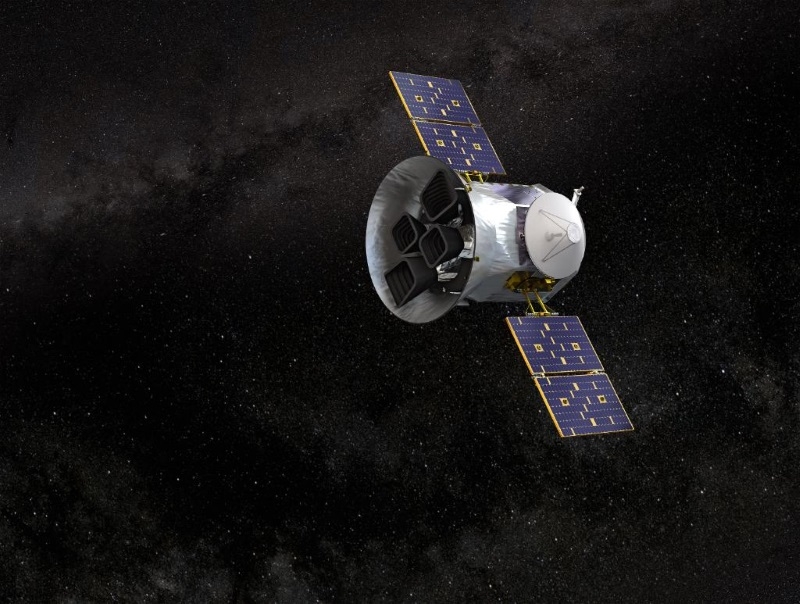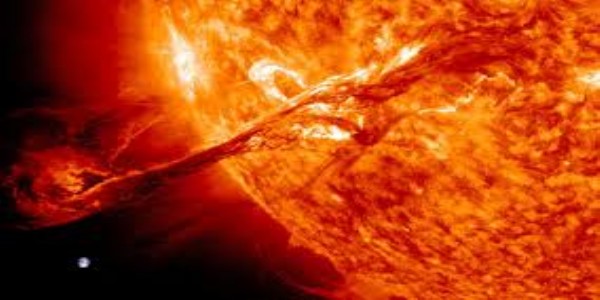New sibling to Earth? NASA’s TESS discovers its first Earth-size planet

Massachusetts, Apr 16: Search for another living world is one of the biggest quests of human society. For many years, scientists are working to find another world which is similar to earth. The recent development in this is that NASA’s latest planet-hunting probe ‘TESS’ has discovered its first Earth-sized exoplanet.
The Transiting Exoplanets Survey Satellite (TESS) discovered the planet HD 21749c, is about 89% of Earth’s diameter. This exoplanet orbits HD 21749, a K-type star about 70% of the Sun’s mass located 53 light-years away in the Southern Constellation Reticulum, and it the 2nd planet the TESS has identified in the system.
This new world is likely very hot, with surface temperature perhaps as high as 800 degrees F (425 degrees C).
“It’s so exciting that TESS, which launched just about a year ago, is already a game-changer in the planet-hunting business,” said Johanna Teske, Carnegie Institution for Science in the US.
“The spacecraft surveys the sky and we collaborate with the TESS follow-up community to flag potentially interesting targets for additional observations using ground-based telescopes and instruments,” Teske said in a statement.
Scientists at the Massachusetts Institute of Technology and the Carnegie Institution for Science analyzed TESS transit data from the first four sectors of TESS observations to detect 11 periodic dips in the star’s brightness. From this, they determined that the star’s light was being partially blocked by a planet about the size of Earth.
The star that HD 21749c orbits are bright and relatively nearby, and therefore well suited to more detailed follow-up studies, which could provide critical information about the planet’s properties, including potentially the first mass measurement of an Earth-size planet found by TESS.
The Planet Finder Spectrograph on the Magellan II telescope in Chile was a crucial element of this effort. It helped to approve the planetary nature of the TESS signal and to measure the mass of the newly discovered sub-Neptune.
The PFS works using a technique called the radial velocity method, which is currently the only way for astronomers to measure the masses of individual planets.
This method takes advantage of that fact that not only does a star’s gravity influence the planet orbiting it, but the planet’s gravity also affects the star in turn. The PFS enables astronomers to detect these tiny vibrations that the planet’s gravity induces in the star’s orbit.





